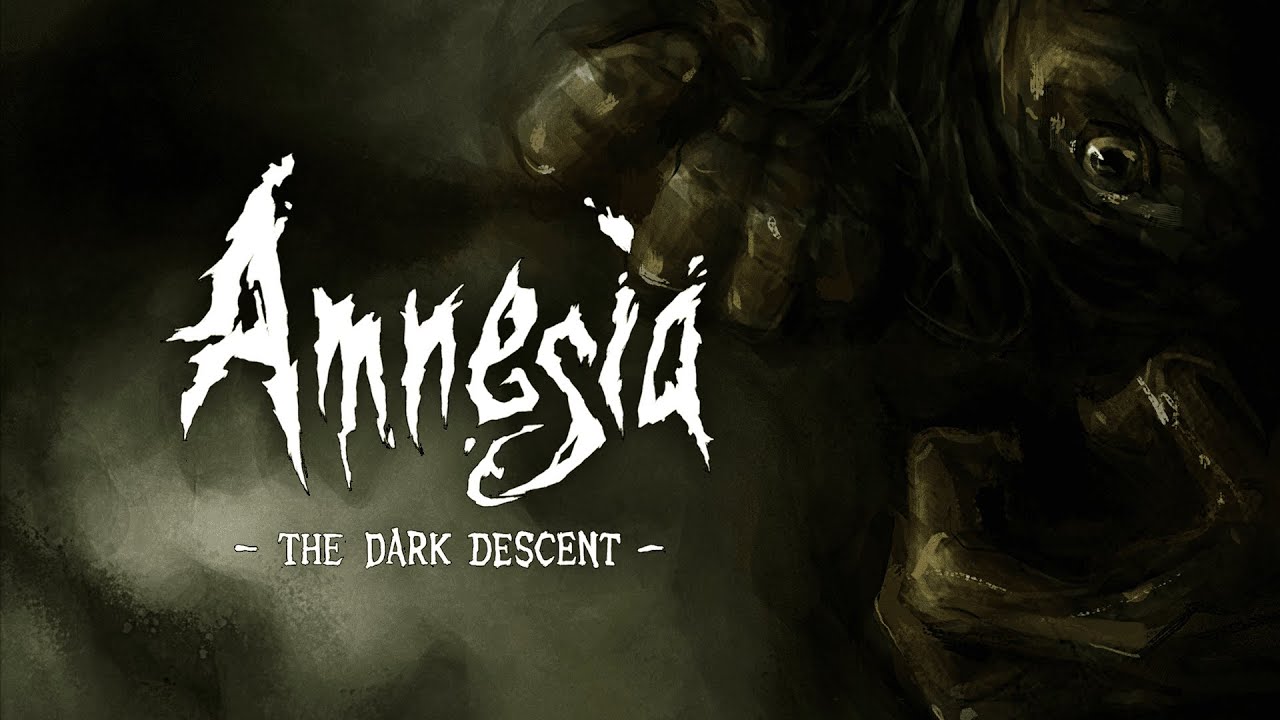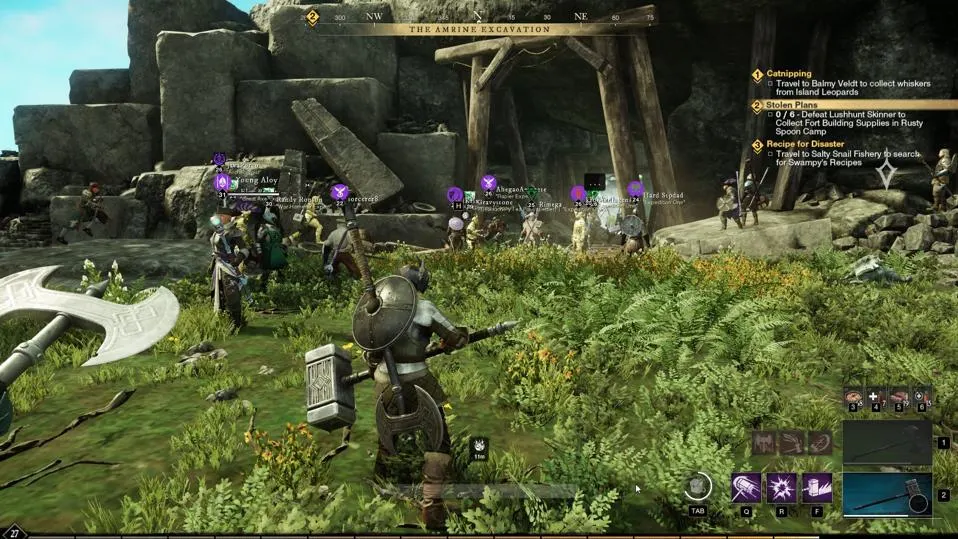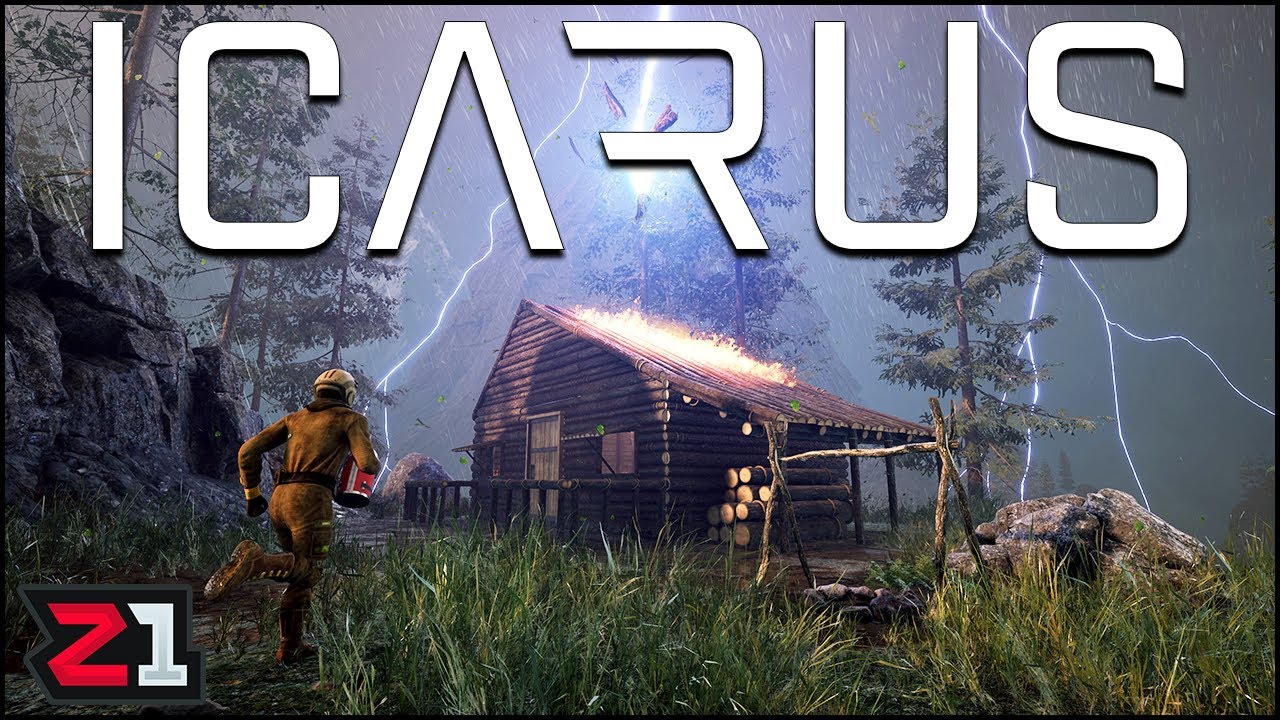Introduction
Released in 2010 by the Swedish indie game studio Frictional Games, Amnesia: The Dark Descent has become a cornerstone in the survival horror genre. Renowned for its psychological intensity, atmospheric storytelling, and unique gameplay mechanics, this game continues to evoke fear and fascination among players. This article provides an in-depth review of Amnesia: The Dark Descent, discussing its gameplay, story, graphics, and sound design, as well as offering a comprehensive FAQ section to address common questions about the game.
The Legacy of Amnesia: The Dark Descent
The Birth of a Horror Classic
Amnesia: The Dark Descent was released during a time when the survival horror genre was evolving, with many games focusing more on action-oriented gameplay. Frictional Games, however, chose to return to the roots of horror by emphasizing fear, vulnerability, and the unknown. This design choice was a gamble that paid off, with the game quickly garnering critical acclaim and a dedicated fanbase.
Impact on the Horror Genre
The game’s success has had a lasting impact on the horror genre, inspiring a wave of similar titles that emphasize atmosphere and psychological horror over combat. Amnesia: The Dark Descent paved the way for future indie horror hits like Outlast and Layers of Fear, solidifying its place as a genre-defining experience.
Gameplay Mechanics and Innovation
Immersive First-Person Perspective
Amnesia: The Dark Descent is played from a first-person perspective, which significantly enhances the immersion and intensity of the experience. The player is thrust into the shoes of Daniel, a man who wakes up in a mysterious castle with no memory of his past. This perspective forces players to see the world through Daniel’s eyes, heightening the sense of dread and vulnerability.
Sanity System – A Unique Horror Element
One of the most innovative features of Amnesia: The Dark Descent is its sanity system. As Daniel encounters terrifying events, his sanity begins to deteriorate, leading to visual and auditory hallucinations. This mechanic not only increases the challenge of the game but also adds a layer of psychological horror, as players must manage both physical threats and their character’s mental state.
No Combat – A True Survival Horror Experience
Unlike many horror games, Amnesia: The Dark Descent offers no combat options. Players must rely on stealth, strategy, and quick thinking to survive. The lack of weapons makes every encounter with the game’s monstrous enemies more terrifying, as the only options are to run or hide.
Puzzle-Solving – Engaging and Challenging
The game is filled with environmental puzzles that require players to explore and think critically. These puzzles are well-integrated into the game’s narrative, making them feel like natural obstacles rather than contrived challenges. The balance between exploration, puzzle-solving, and survival creates a cohesive and engaging gameplay experience.
Storyline and Narrative Depth
The Mystery of Daniel’s Past
The narrative of Amnesia: The Dark Descent is one of its most compelling aspects. As Daniel, players explore the dark and foreboding halls of Brennenburg Castle, uncovering clues about his past and the horrific events that led to his amnesia. The story is told through diary entries, letters, and flashbacks, gradually revealing a tale of betrayal, guilt, and supernatural horror.
Themes of Memory and Redemption
The game’s story explores deep themes of memory, identity, and redemption. Daniel’s journey is not just about survival; it is also a quest for truth and atonement. As players uncover more about Daniel’s past, they are forced to confront moral questions and the consequences of his actions.
Multiple Endings – Player Choices Matter
Amnesia: The Dark Descent features multiple endings, each influenced by the player’s decisions throughout the game. This adds replay value and allows players to experience different outcomes based on their choices, further immersing them in the narrative.
Graphics and Art Design
Atmospheric Visuals – A Dark and Detailed World
Despite its age, Amnesia: The Dark Descent still holds up visually thanks to its masterful use of atmosphere and lighting. The game’s environments are richly detailed, with every room in Brennenburg Castle feeling distinct and filled with ominous secrets. The use of darkness is particularly effective, with shadows and dimly lit areas contributing to the oppressive atmosphere.
Creature Design – Nightmarish and Memorable
The creatures in Amnesia: The Dark Descent are designed to terrify. Each enemy is grotesque and otherworldly, reflecting the game’s Lovecraftian influences. The design of these monsters, combined with the fear of encountering them in the dark, creates some of the most intense moments in the game.
Visual Effects – Enhancing the Horror
The game also employs various visual effects to enhance the horror experience. The sanity effects, such as screen distortion and hallucinations, are particularly effective at conveying Daniel’s deteriorating mental state. These visual tricks keep players on edge, never sure if what they’re seeing is real or just a figment of Daniel’s imagination.
Sound and Music – The Auditory Terror
Sound Design – A Symphony of Fear
The sound design in Amnesia: The Dark Descent is nothing short of masterful. Every creak of the floorboards, distant moan, and sudden crash is designed to unnerve the player. The use of sound cues to signal the presence of nearby enemies adds to the tension, making every encounter a nerve-wracking experience.
Music Score – Subtle and Atmospheric
The music in Amnesia: The Dark Descent is used sparingly but effectively. The game’s score is composed of eerie, ambient tracks that enhance the sense of isolation and dread. The music swells during key moments, heightening the tension and fear.
Voice Acting – Bringing the Story to Life
The voice acting in the game is top-notch, with the actor playing Daniel delivering a convincing and emotionally charged performance. The other characters, encountered through flashbacks and audio recordings, are equally well-voiced, adding depth to the narrative.
Reviews and Reception
Critical Acclaim – A Horror Masterpiece
Upon its release, Amnesia: The Dark Descent received widespread critical acclaim. Reviewers praised the game’s atmosphere, story, and innovative gameplay mechanics. It was lauded as one of the scariest games ever made, with many critics highlighting its ability to instill a sense of dread and helplessness in players.
Player Feedback – Loved by the Horror Community
The game quickly gained a dedicated following within the gaming community. Players were drawn to its unique take on horror, with many sharing their experiences of being genuinely frightened while playing. The game’s lack of combat and emphasis on survival resonated with fans of classic horror, leading to its status as a cult classic.
Awards and Accolades – Recognizing Excellence
Amnesia: The Dark Descent won several awards, including Best Independent Game and Best Horror Game at various gaming awards ceremonies. Its impact on the industry was recognized by critics and peers alike, cementing its place in gaming history.
Conclusion
Amnesia: The Dark Descent remains a landmark title in the survival horror genre. Its innovative gameplay mechanics, gripping story, and terrifying atmosphere continue to inspire both players and developers. Whether you’re a seasoned horror fan or new to the genre, Amnesia: The Dark Descent offers an unforgettable experience that is as frightening today as it was at its release.
As the horror genre continues to evolve, the influence of Amnesia: The Dark Descent is unmistakable. Its emphasis on vulnerability, psychological horror, and immersive storytelling has left an indelible mark on the gaming landscape, ensuring its place as a true classic in the annals of video game history.
Frequently Asked Questions :-
What is the premise of Amnesia: The Dark Descent?
The game follows Daniel, who wakes up in a mysterious castle with no memory of his past. As he explores the castle, he uncovers the dark secrets of his past and the horrors that lurk within Brennenburg Castle.
How does the sanity system work in Amnesia: The Dark Descent?
The sanity system in Amnesia deteriorates when Daniel witnesses terrifying events or stays in the dark for too long. As his sanity decreases, he experiences visual and auditory hallucinations, which can make the game more challenging.
Is there combat in Amnesia: The Dark Descent?
No, there is no combat in Amnesia: The Dark Descent. Players must rely on stealth, hiding, and fleeing to survive encounters with enemies.
How long does it take to complete Amnesia: The Dark Descent?
The average playthrough of Amnesia: The Dark Descent takes about 8 to 10 hours, depending on the player’s pace and how much they explore.
Are there multiple endings in Amnesia: The Dark Descent?
Yes, the game features multiple endings, each influenced by the choices players make throughout the game.
What platforms is Amnesia: The Dark Descent available on?
Amnesia: The Dark Descent is available on various platforms, including PC, Mac, Linux, PlayStation 4, Xbox One, and Nintendo Switch.
How does Amnesia: The Dark Descent compare to other horror games?
Amnesia: The Dark Descent is often compared to games like Outlast and Silent Hill due to its focus on psychological horror and atmosphere. However, its unique sanity system and lack of combat set it apart from other titles in the genre.



